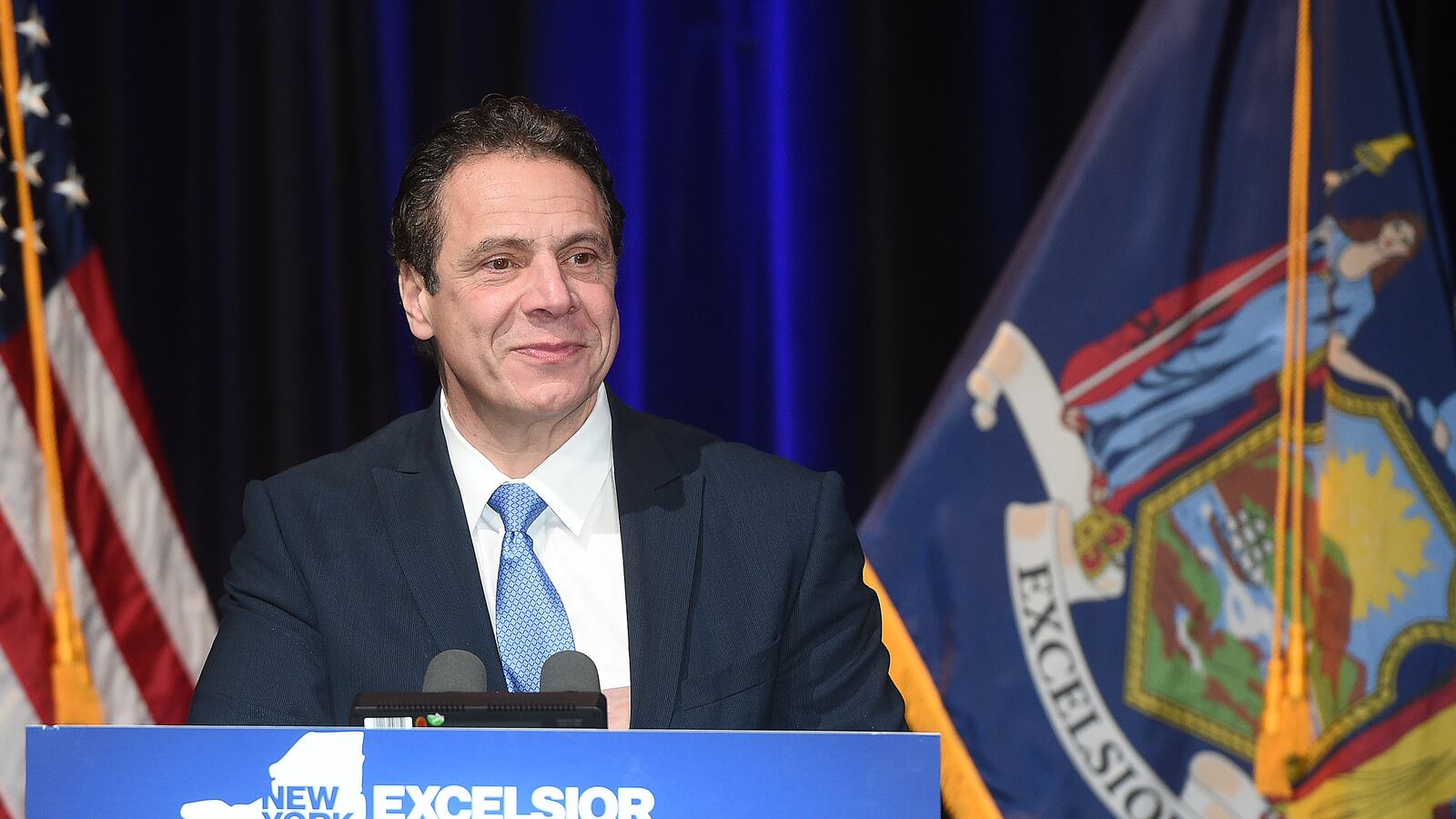By the end of the week, lawmakers (may) have a deal on the big education funding issues facing the state, including how much to spend on public schools and whether college will become tuition-free for some New Yorkers.
It’s still unclear how everything shake out, especially as the state faces the prospect of federal budget cuts.
“In general, the policy issues are not the problem,” Governor Andrew Cuomo said on Tuesday afternoon, including college affordability in the mix of nearly settled policy issues. “The problem is spending.” (The speaker of the Assembly, on the other hand, said it was premature to consider anything settled since policy and spending are interconnected.)
The final details will decide whether the “foundation aid” formula will survive in its current form, if the city’s charter school cap will be lifted, and what rules the legislature will apply to any prospective tuition-free college plan. It is also unclear if the budget will pass before the deadline this year, since it could be delayed by federal upheaval or by legislators’ feud with the governor.
As lawmakers haggle and race toward an end-of-the-month deadline, here are the education issues we are watching.
Will the federal government interfere with education spending?
Cuomo cast doubt on whether the state could shoulder big spending increases, since it’s unclear whether the Republican-controlled federal government will slash New York’s overall funding. If that happens, one large increase that could be on the chopping block is education spending, Cuomo said.
“My position is we can handle modest adjustments in the budget,” Cuomo said. “We cannot handle dramatic increases.” The “two main areas” of spending, he noted, are Medicaid and education.
The governor has also raised the prospect of an “extender budget,” that could postpone action on spending.
The state devoted almost $25 billion to education spending this year. Cuomo’s proposed increase for education spending is $1 billion, which is lower than the increase proposed by the Senate ($1.2 billion), Assembly ($1.8 billion), or the state’s policymaking body ($2.1 billion).
The governor’s proposal also makes controversial changes to the “foundation aid” formula, which was designed, in part, to provide a boost to needier schools. Advocates call Cuomo’s change a “repeal” of foundation aid, though Cuomo’s office rejects that language.
Will the governor get his big free tuition package?
The governor indicated on Tuesday afternoon that college affordability was almost decided, saying “we basically have an agreement.”
But what’s in the deal?
The governor’s proposal, which he unveiled as his signature budget item this year, would provide free tuition at state schools for families making less than $125,000 per year. The Senate and the Assembly both presented different college affordability packages.
Leaders in the Senate suggested increasing the state’s current Tuition Assistance Program (TAP), which can be used at both public and private colleges.
The Assembly’s budget allows students more flexibility to qualify for aid. Currently, the governor’s plan requires students to be full-time in order to receive funding, which is defined as averaging 15 credits per semester. The Assembly’s plan would allow students to take two 12-credit semesters.
The Assembly’s budget would also let students reserve a third of their Pell grants to pay for non-tuition expenses, instead of requiring that students use Pell grant money to fund tuition first. It would also let families making up to $150,000 per year take advantage of the plan in the fourth year of the program.
What’s at stake for charter schools?
The governor proposed lifting the charter school cap in New York City and creating one cap for the state. Charter school tuition could also be unfrozen this year.
The sticking point for both measures is the Assembly, whose budget rejects the governor’s proposals to provide more help to charter schools. Mayor Bill de Blasio also spoke out against the changes, arguing they shifted costs to the city “to an exorbitant degree.” (Charter school advocates reject that analysis.)
Additionally, the governor’s budget would provide more money to charter schools moving into private space.
Anything else that’s interesting?
Of course.
State officials will decide whether to provide more money for My Brother’s Keeper, an initiative to help improve the education of boys and young men of color. Last year, the program got off the ground with $20 million and state officials said they’re looking for the same this year.
The State Education Department made a wish list of things they would like to see from the legislature. Among their priorities are changes to testing, including reinstating world language Regents exams and creating some project-based assessments.
Whether the legislature honors the Regents’ priorities is important because Chancellor Betty Rosa suggested her vision for rethinking education policy in New York state hinges on the ability to get funding from the legislature.
“As policymakers, we are very actively involved in saying: These are the areas that we are very concerned [about],” Rosa said in an interview with Chalkbeat. “We want to make sure that these are the areas that we get funding in order to move the educational agenda for the state forward.”

